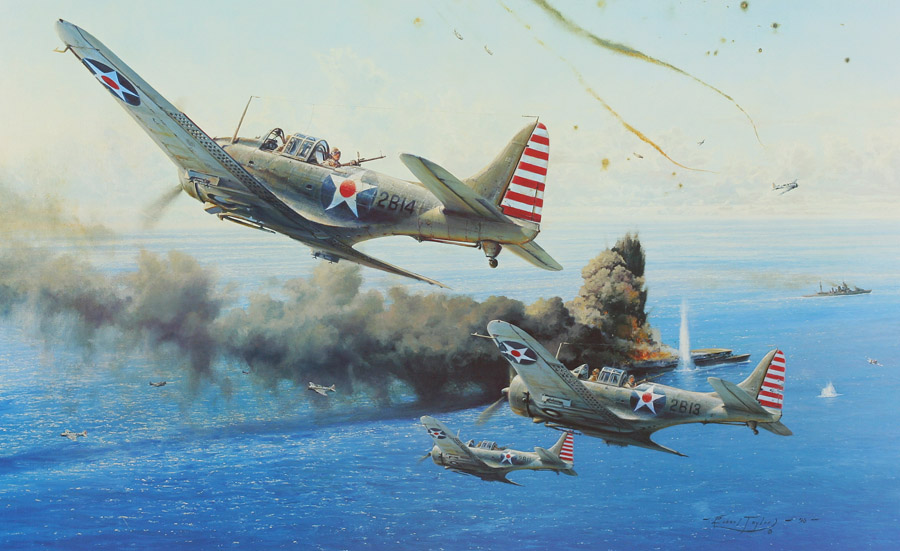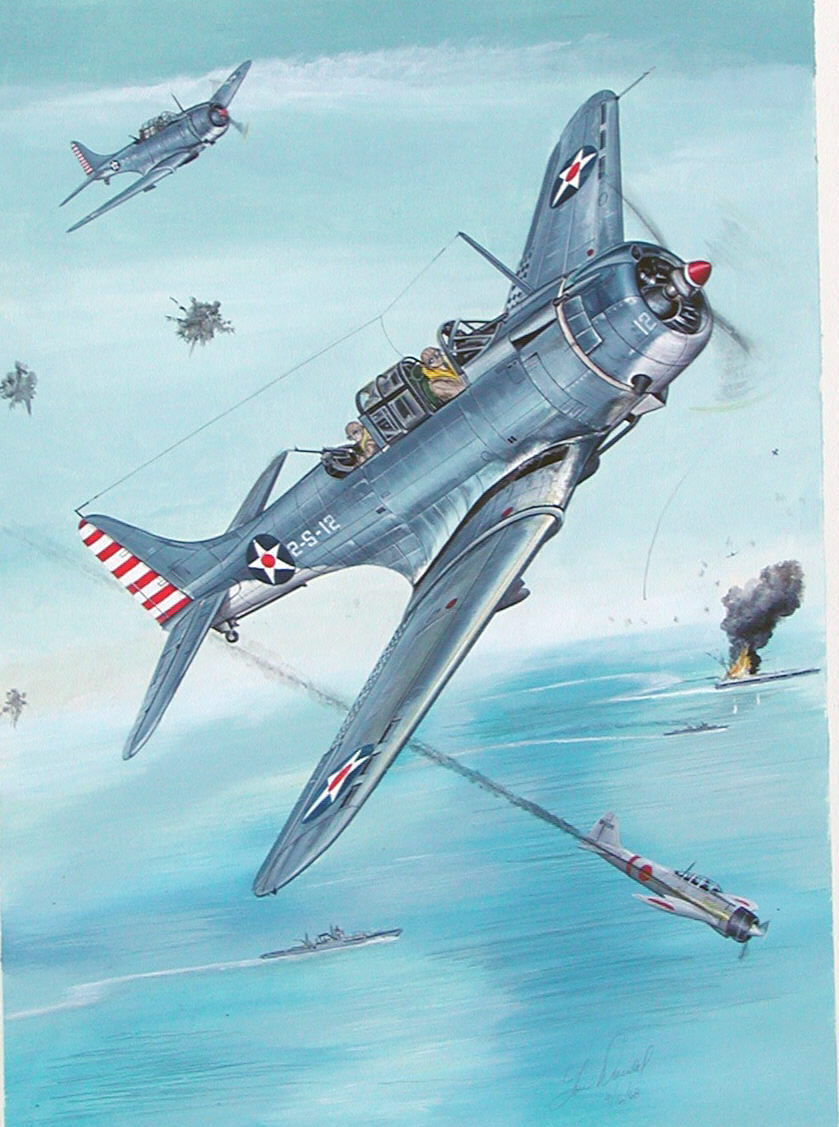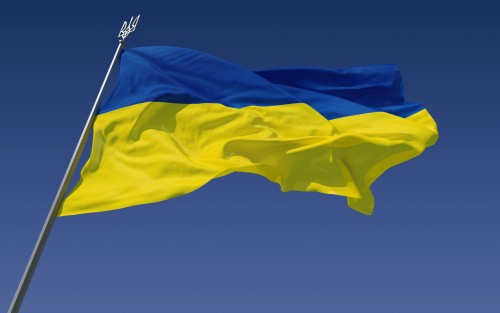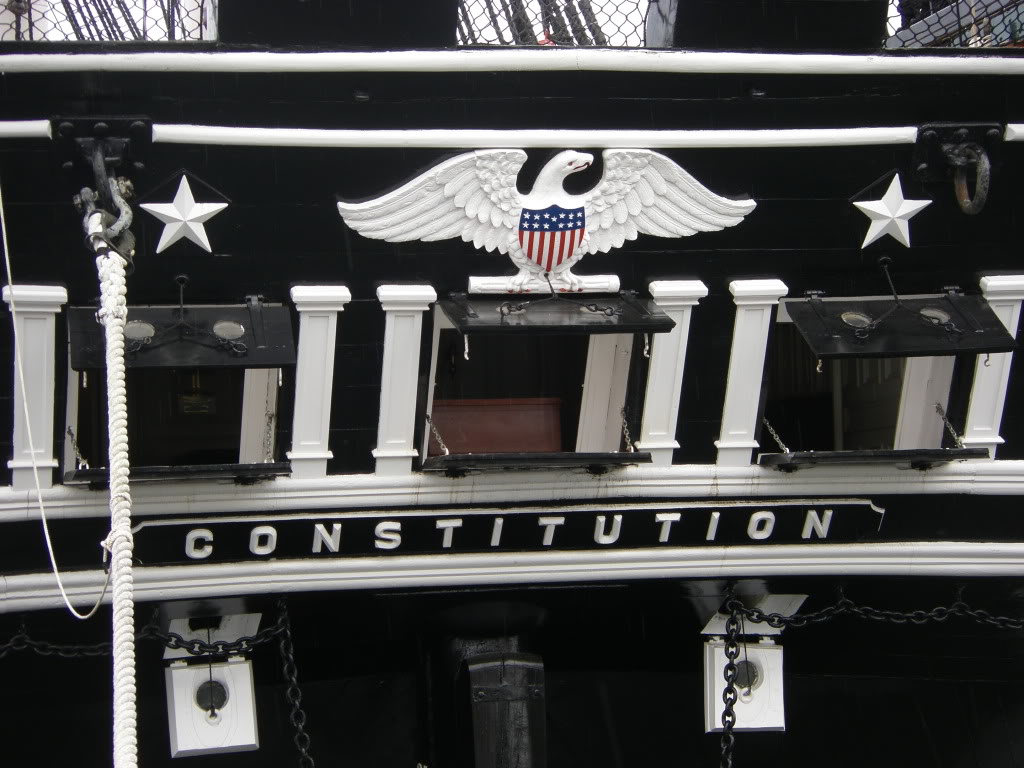POW/MIA: Of “Thuds,” ROLLING THUNDER and an Airman From Red Wing – 1965
By 1965, the US participation in Vietnam was reaching a juncture where it could choose to disengage (and thus concede the loss of South Vietnam to the Communist juggernaut – which then would then sweep across the rest of the SE Asia landscape). It could “stay the course,” with a limited ground role using advisers to the ARVN and provide tactical and strategic air support from remote airbases and carriers – not entirely acceptable because to date, that process hadn’t produced the results envisioned and if projected to a defeat of South Vietnamese forces, a subsequent loss of face and faith in America’s abilities to defend other friends and allies in the region (notably Thailand and by extension, South Korea, Japan and Australia). A third choice involved a larger commitment of US forces – ground, naval and air to bring pressure on the North Vietnamese and compel their withdrawal from actions against the South. Knowing full well the costs in dollars and personnel of committing a large ground force to the war, air power was looked upon as an area of particular advantage to the US with McGeorge Bundy (Johnson’s National Security adviser) noting “Yet measured against the costs of defeat in Vietnam, this program seems cheap. And even if it fails to turn the tide—as it may—the value of the effort seems to us to exceed its cost.” The measure of that endeavor would soon be taken, beginning in March 1965 with Operation Rolling Thunder… SJS
“Air Force Pilot Missing From Vietnam War Identified
  The Department of Defense POW/Missing Personnel Office (DPMO) announced today that the remains of a serviceman, missing in action from the Vietnam War, have been identified and returned to his family for burial with full military honors.
  Air Force Major Thomas E. Reitmann of Red Wing, Minn., will be buried on Sept. 8 in Arlington National Cemetery. In 1965, Reitmann was assigned to the 334th Tactical Fighter Squadron deployed out of Seymour-Johnson Air Force Base, N.C., to Takhli Air Base, Thailand. On Dec 1, 1965, he was flying a strike mission as the number three aircraft in a flight of four F-105D Thunderchiefs as part of Operation Rolling Thunder. His target was a railroad bridge located about 45 nautical miles northeast of Hanoi. As the aircrew approached the target area, they encountered extremely heavy and accurate anti-aircraft artillery (AAA). While attempting to acquire his target and release his ordnance, Reitmann received a direct AAA hit and crashed in Lang Son Province, North Vietnam. Other pilots in the flight observed no parachute, and no signals or emergency beepers were heard. Due to the intense enemy fire in the area a search-and-rescue team was not able to survey the site and a two-day electronic search found no sign of the aircraft or Reitmann.
  In 1988, the Socialist Republic of Vietnam (S.R.V.) repatriated remains to the United States believed to be those of Reitmann. The remains were later identified as those of another American pilot who went missing in the area on the same day as Reitmann.
  Between 1991 and 2009, joint U.S.-S.R.V. teams, led by the Joint POW/MIA Accounting Command (JPAC), analyzed numerous leads, interviewed villagers, and attempted to locate the aircraft. Although no evidence of the crash site was found, in 2009 and 2011 a local farmer turned over remains and a metal button he claimed to have found in his corn field.
  Among other forensic identification tools and circumstantial evidence, scientists from the Armed Forces DNA Identification Laboratory also used mitochondrial DNA – which matched that of his brother — in the identification of Reitmann’s remains.”
But wait – there’s more…
 In February, 1958 a dark-haired 28 year old reported to Greenville AFB, Mississippi as student officer in the Aviation Cadet program. Born in 1930 in Red Wing , Minnesota, a small city (pop. 10,000) hard on the banks of the Mississippi River, he’d graduated from Red Wing High in 1948 and enlisted in the Navy, and subsequently saw service during the Korean War in England and French Morocco. Leaving the Navy in 1952, he returned to Red Wing holding down a variety of jobs, but it wasn’t enough to keep him in Red Wing. Joining the Air Force, and following his graduation from the flight program and receiving his wings, he eventually reported to the famous 334th Fighter Squadron in 1958, then flying the F-100 Super Saber. The 334th traced its lineage back to the dark days of early WWII where it was incorporated as No 71 Sqdn of the RAF – an Eagle squadron of American volunteers. Along with the 335th and 336th, it formed the core of the VII Fighter Command, 4th Group which was the first Army Air Force unit activated in the European Theater of Operations. Flying Spitfires, P-47 Thunderbolts and then, until the end of the war, the P-51 Mustang, 334th pilots were credited with 395 kills against the Luftwaffe. In Korea, they were credited with 142 kills and tallied six aces in their membership. Relocating from Korea in 1957, the 334th was home-based out of Seymour Johnson from which detachments would deploy to Incirlik, Turkey and other locations as required. In 1958 it was re-designated as the 334th Tactical Fighter Squadron and in keeping with the re-designation, in 1959, the 334th transitioned to the F-105 Thunderchief.
In February, 1958 a dark-haired 28 year old reported to Greenville AFB, Mississippi as student officer in the Aviation Cadet program. Born in 1930 in Red Wing , Minnesota, a small city (pop. 10,000) hard on the banks of the Mississippi River, he’d graduated from Red Wing High in 1948 and enlisted in the Navy, and subsequently saw service during the Korean War in England and French Morocco. Leaving the Navy in 1952, he returned to Red Wing holding down a variety of jobs, but it wasn’t enough to keep him in Red Wing. Joining the Air Force, and following his graduation from the flight program and receiving his wings, he eventually reported to the famous 334th Fighter Squadron in 1958, then flying the F-100 Super Saber. The 334th traced its lineage back to the dark days of early WWII where it was incorporated as No 71 Sqdn of the RAF – an Eagle squadron of American volunteers. Along with the 335th and 336th, it formed the core of the VII Fighter Command, 4th Group which was the first Army Air Force unit activated in the European Theater of Operations. Flying Spitfires, P-47 Thunderbolts and then, until the end of the war, the P-51 Mustang, 334th pilots were credited with 395 kills against the Luftwaffe. In Korea, they were credited with 142 kills and tallied six aces in their membership. Relocating from Korea in 1957, the 334th was home-based out of Seymour Johnson from which detachments would deploy to Incirlik, Turkey and other locations as required. In 1958 it was re-designated as the 334th Tactical Fighter Squadron and in keeping with the re-designation, in 1959, the 334th transitioned to the F-105 Thunderchief.
The F-105 (aka “Thud” – among several, less complimentary nicknames) the F-105 was designed to be a fast, low altitude fighter-bomber with a mission to deliver a nuclear weapon, concealed in an internal bomb-bay. It was a very clean design, and with lessons applied from the F-102 (notably the area-rule or “coke bottle” fuselage) and a huge (for the time) after-burning Pratt & Whitney J-75, the F-105 could flat out move on the deck — in 1959 an F-105B set a world record of 1,216.48 miles per hour (1,958 km/h) over a 62 miles (100 km) circuit. The F-105D that the 334th was flying was the latest and largest production batch, that had markedly improved avionics and an internal gun as well as provisions for carrying external stores. In fact, a single F-105 could haul up to 14,000 lbs of ordnance, from dumb bombs to AGM-12 Air-to-surface missiles and AIM-9 Sidewinders.
From the start of ROLLING THUNDER it was apparent more aircraft were required – and not just to cover the mounting losses from AAA and a new threat, the SA-2 surface-to-air missile. The size of the target set was growing as the decision makers back in Washington planed a graduated and sustained air campaign to influence North Vietnam’s behavior. In September, after having traded their two-seat F-105Fs for single seat F-105Ds, the 334th departed its temporary location at Homestead (Seymour Johnson’s runway was being repaved) for Takhli Royal Thai AFB by way of Hickam AFB. Positioned in central Thailand, Takhli was equidistant to North and South Vietnam, but the F-105s were destined for sorties to the far more treacherous North. Arriving on September 2nd, the 334th would be assigned to the 355th TFW which was permanently re-located from McConnell AFB.


Following the model developed in WWII and employed in Korea, tactical air forces were assigned transportation infrastructure to target. Rail yards, transportation centers and key choke-points – like bridges, were prominently featured on the target list. Around Hanoi, there were several such vital rail bridges, one of the most (in)famous being the Paul Doumer bridge southwest of Hanoi. To the north lay the the bridge at Cao nung that served the rail line between North Vietnam and China. It like so many other key facilities in and around Hanoi was guarded by heavy AAA, including 37mm, 57mm, 85 and even 100mm weapons. In early 1965 it was estimated there were on the order of about a thousand in North Vietnam – by the end of the year it had grown to over 2,000 spread across 400 key sites and supported by SA-2s and MiG-17s. It was a lethal mix that the Thuds were headed into, given early testimony by the first two attacks on the Thanh Hoa bridge and subsequent attacks against SAM sites in the Hanoi region were to prove. One of the earliest casualties for the 334th was the CO, LtCol Killian, shotdown by an SA-2 while on a strike against the road and railroad bridge at Ninh Binh on 30 Sep 1965. On December 1, 1965, just a few days shy of his 35th Birthday, Capt Ted Reitmann climbed aboard his F-105D-25-RE (s/n 61-0182) as part of a strike package set against the Cao nung railroad bridge. During the ingress to the target, his aircraft was struck by AAA causing it to go out of control and crash two miles from the target – about 50 miles NE of Hanoi. No ejection was noted.
The F-105, like the Navy’s A-4 Skyhawk, was a workhorse in the early air war over North Vietnam. Between the first loss (written off for damage incurred over Laos in Aug 1964) until the last loss (Sep 1970 over Laos), the F-105D suffered 335 total losses of which 283 were directly attributable to combat. The F-105F/G added an additional 47/37 respectively. Like the A-4, it had been designed for a different war, to be fought in a different manner but it and the crews that flew the Thud answered the call and gave their best. A tough aircraft it still brought a number of its crews home (the running joke was Republic had planned to build the Thud out of concrete – until it found that steel was heavier…), but as both the Air Force and Navy were learning, a modern, integrated air defense system, like the one emerging over the key areas of the North required different aircraft, different weapons, and different training and tactics.
It was a lesson that was being written daily in the sacrifices of those like Capt Reitmann.
Epilogue
Major Reitmann USAF will be interred at Arlington National Cemetery in his final resting place on 8 September 2011 – forty-six years after his arrival in Thailand. By all accounts, he is the last of Red Wing’s casualties from the conflict – a total of 14 altogether.  He is survived by his wife, Carol Reitmann Sumner of Honolulu, Hawaii; daughter Kimberly Lorigan of Apollo Beach, Fla.; son Thomas Reitmann II of Eugene, Ore.; son Michael Reitmann of Clayton, Calif.; daughter Karen Mutobe of Ewa Beach, Hawaii; brother, Ed Reitmann of Excelsior, Minn.; nine grandchildren; and two great-grandchildren. Assigned to the 4th Operations Group, the 334th is today designated the 334th Expeditionary fighter Squadron flying the F-15E Strike Eagle flying missions in the CENTAF AOR.
Godspeed Major Reitmann – and rest easy. You are home now.
Sources:
Many sources were used in preparing this post, but the most noteworthy were Find a Grave, Together We Served (of which YHS is a member on the Navy side), the always helpful Virtual Wall and POW NET and the National Museum of the Air Force, source of most of the photos (mouse over for source citation)











Another running joke (probably the most common) is that there were 3 ways the “Thud” could kill ya: 1) It could bomb ya, 2) it could strafe ya, and, 3) it could fall on ya after you shot it down…